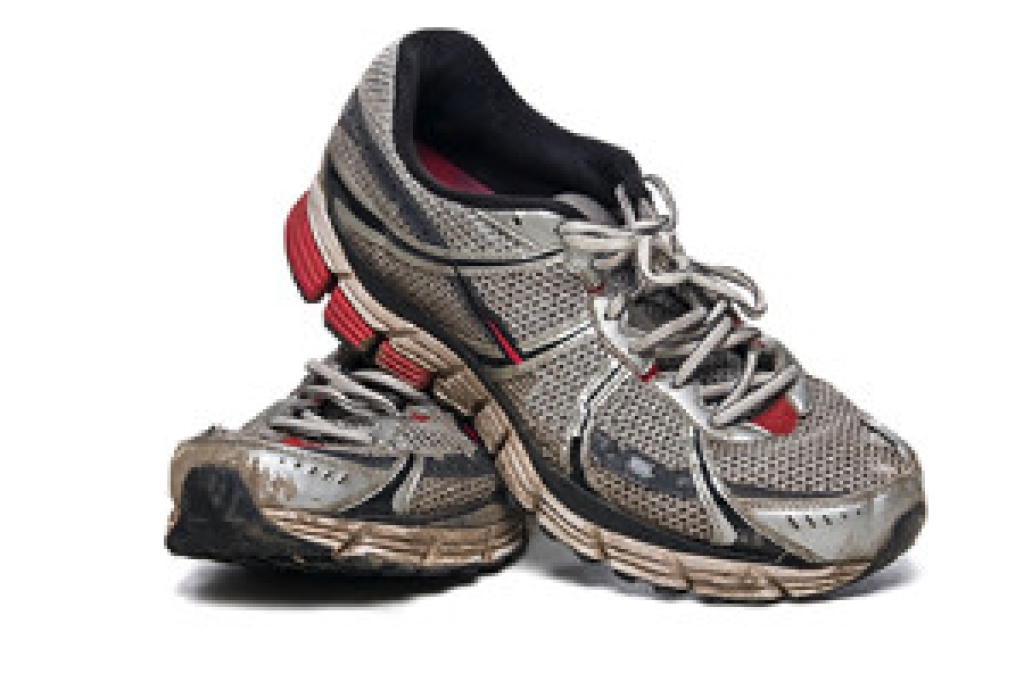
Anyone who runs for exercise four or more times a week is wise to have more than one pair of running shoes. Experts have found that not only does rotating shoes help to protect your feet from injury, it also adds life to the shoes and improves performance. Experts suggest that running shoes be replaced after 300-500 miles. Suggestions for how to rotate your shoes starts with finding the shoe that works best for you. First, they should feel comfortable when you are running and not cause aches and pains afterward. Take note of the heel-to-toe drop and the overpronation support and repeat them in all your shoes. Second, keep a close watch on the mileage of each pair of shoes, and avoid wearing the same pair two days in a row. The midsole foam of the shoe is an important factor because it provides the cushioning needed. The foam needs time to bounce back after a hard run. Different running shoes serve different purposes, and that’s why having specific shoes for long, slow runs and fast, hard runs matters. For more guidance on finding the right running shoe for your feet and your running needs, please consult a chiropodist.
Although running is a wonderful exercise to keep you in shape, it can wreak havoc on your feet and ankles if you don’t take preventive measures. If you have sustained a foot and ankle injury from running, please consult with one of our chiropodists from West Toronto Foot & Ankle Clinic Inc. . Our chiropodist can help you maintain the health of your lower limbs and your mobility.
Some common running injuries include:
- Achilles tendonitis
- Shin splints
- Ankle sprains
- Stress fractures
- Plantar fasciitis
- Bursitis
What causes injuries?
These injuries are usually caused by overtraining, wearing the wrong shoes, running on hard surfaces, having tight and inflexible muscles, or having biomechanical issues in the feet or ankles.
What can I do to prevent injuries?
- Train slowly and gradually
- Give yourself plenty of time to recover following a run
- Wear shoes that fit properly and support your foot
- Avoid running on hard surfaces, like concrete
- Stretch and strengthen the muscles of your lower legs
- Warm-up prior to a run
- Have your gait analyzed and your feet examined by a chiropodist to determine if there are any biomechanical problems that need to be treated
If you have any questions please feel free to contact our office located in Toronto, ON .
